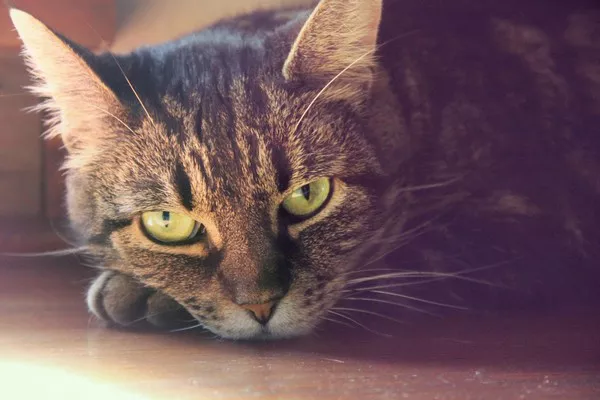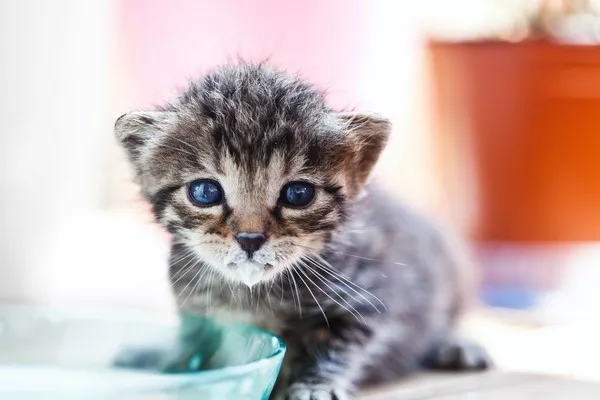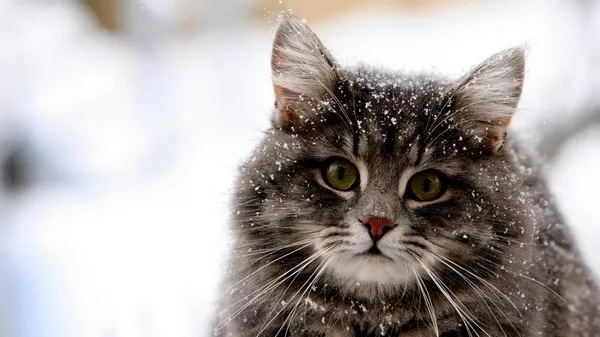Stomatitis in cats is a painful and often debilitating condition that affects the oral cavity, leading to inflammation of the mucous membranes. This condition can significantly impact a cat’s ability to eat, leading to weight loss, malnutrition, and a decline in overall health. As a cat owner, understanding how to properly feed a cat with stomatitis is crucial for managing their condition and ensuring their comfort. This essay will explore the causes of stomatitis, its symptoms, dietary considerations, and practical feeding strategies to support a cat suffering from this challenging condition.
Understanding Stomatitis
What is Stomatitis?
Stomatitis is an inflammatory condition of the oral cavity, which can affect the gums, tongue, and other soft tissues in the mouth. In cats, this condition can manifest as gingivitis, glossitis, or more generalized oral inflammation. Stomatitis can be caused by various factors, including:
Dental Disease: Periodontal disease and dental calculus can lead to inflammation and infection.
Immune-Mediated Conditions: Some cats may have an abnormal immune response that leads to chronic inflammation.
Viral Infections: Feline calicivirus and feline herpesvirus are known to contribute to oral disease.
Allergies: Food allergies or environmental allergies may trigger stomatitis in some cats.
Underlying Health Issues: Conditions such as feline leukemia virus (FeLV) or feline immunodeficiency virus (FIV) can predispose cats to stomatitis.
Symptoms of Stomatitis
Recognizing the symptoms of stomatitis is essential for timely intervention. Common signs include:
- Bad breath (halitosis)
- Difficulty eating or reluctance to eat
- Excessive drooling
- Swollen or bleeding gums
- Oral pain (indicated by pawing at the mouth or vocalizing)
- Weight loss
- Behavioral changes (e.g., lethargy, irritability)
If you suspect your cat has stomatitis, it is crucial to consult a veterinarian for a proper diagnosis and treatment plan.
The Importance of Diet in Managing Stomatitis
Feeding a cat with stomatitis requires special consideration to alleviate pain and ensure adequate nutrition. The right diet can help manage inflammation, promote healing, and improve the cat’s quality of life. Here are several key dietary considerations:
Soft Food vs. Hard Food
Cats with stomatitis often experience pain when chewing hard kibble. Therefore, offering a soft food diet is generally recommended. Soft foods can include:
Canned Cat Food: This is often more palatable and easier to eat. Choose high-quality brands with minimal fillers and artificial ingredients.
Moistened Dry Food: If your cat prefers dry food, you can add water or low-sodium broth to soften it.
Homemade Diets: In some cases, a homemade diet may be beneficial, provided it is nutritionally balanced. Consult with a veterinarian or a veterinary nutritionist for guidance.
Nutritional Requirements
When feeding a cat with stomatitis, it is essential to ensure that their diet meets their nutritional needs. Key components include:
High Protein: Cats are obligate carnivores and require a diet rich in protein. Look for foods that list a high-quality protein source (like chicken, turkey, or fish) as the first ingredient.
Healthy Fats: Omega-3 and omega-6 fatty acids can help reduce inflammation. Consider foods that include fish oil or flaxseed oil.
Vitamins and Minerals: Ensure the diet provides essential vitamins and minerals to support overall health. This is particularly important if the cat is losing weight.
Avoiding Irritants
Certain ingredients can exacerbate inflammation and should be avoided in the diet of a cat with stomatitis:
Grains and Fillers: Many cats are sensitive to grains, which can contribute to inflammation. Look for grain-free options.
Artificial Additives: Avoid foods with artificial colors, flavors, or preservatives, as these can irritate the digestive system.
Common Allergens: If your cat has known food allergies, avoid those ingredients. Common allergens include chicken, beef, dairy, and fish.
Practical Feeding Strategies
Feeding a cat with stomatitis requires a gentle and patient approach. Here are some strategies to help make mealtime more comfortable:Frequent, Small Meals
Instead of offering two large meals a day, consider providing several small meals throughout the day. This can help reduce the stress of eating and ensure your cat gets enough nutrition.
Temperature Considerations
Some cats may prefer warm food, which can enhance palatability and make it easier to eat. However, be cautious not to serve food that is too hot, as this can cause additional discomfort.
Hydration
Ensuring your cat stays hydrated is vital, especially if they are eating dry food. Provide fresh water at all times, and consider offering wet food, which has a higher moisture content. You can also encourage hydration with:
Broth: Low-sodium chicken or beef broth can be enticing and hydrating.
Water Fountains: Some cats prefer running water, so a cat water fountain may encourage them to drink more.
Monitoring and Adjusting the Diet
Regularly monitor your cat’s weight, eating habits, and overall health. If you notice any changes, such as decreased appetite or weight loss, consult your veterinarian. They may recommend adjustments to the diet or additional treatments to manage stomatitis.
Veterinary Care and Treatment Options
While diet plays a crucial role in managing stomatitis, it is essential to work closely with a veterinarian to address the underlying causes and provide appropriate treatment. Treatment options may include:
Dental Cleanings: Professional dental cleanings can help remove plaque and tartar, reducing inflammation.
Medications: Anti-inflammatory medications, antibiotics, or immunosuppressive drugs may be prescribed to manage pain and inflammation.
Surgical Options: In severe cases, extraction of affected teeth may be necessary to alleviate pain and prevent further complications.
Conclusion
Feeding a cat with stomatitis presents unique challenges, but with the right approach, you can help manage their condition and improve their quality of life. Prioritizing soft, high-quality foods, ensuring proper nutrition, and maintaining regular veterinary care are essential components of a successful management plan. By being attentive to your cat’s needs and adjusting their diet accordingly, you can provide the comfort and support they require during this difficult time. Remember to consult your veterinarian for personalized advice and recommendations tailored to your cat’s specific situation.
In conclusion, while stomatitis can be a daunting diagnosis, a compassionate and informed approach to feeding can make a significant difference in your cat’s health and happiness.
Related topic:


























